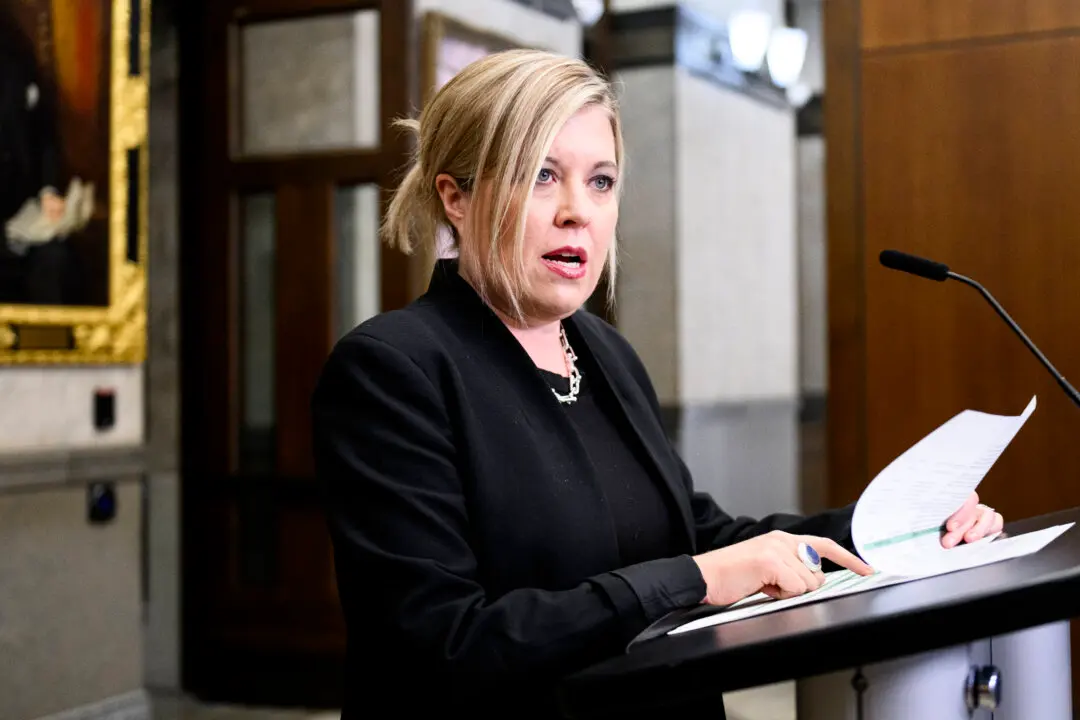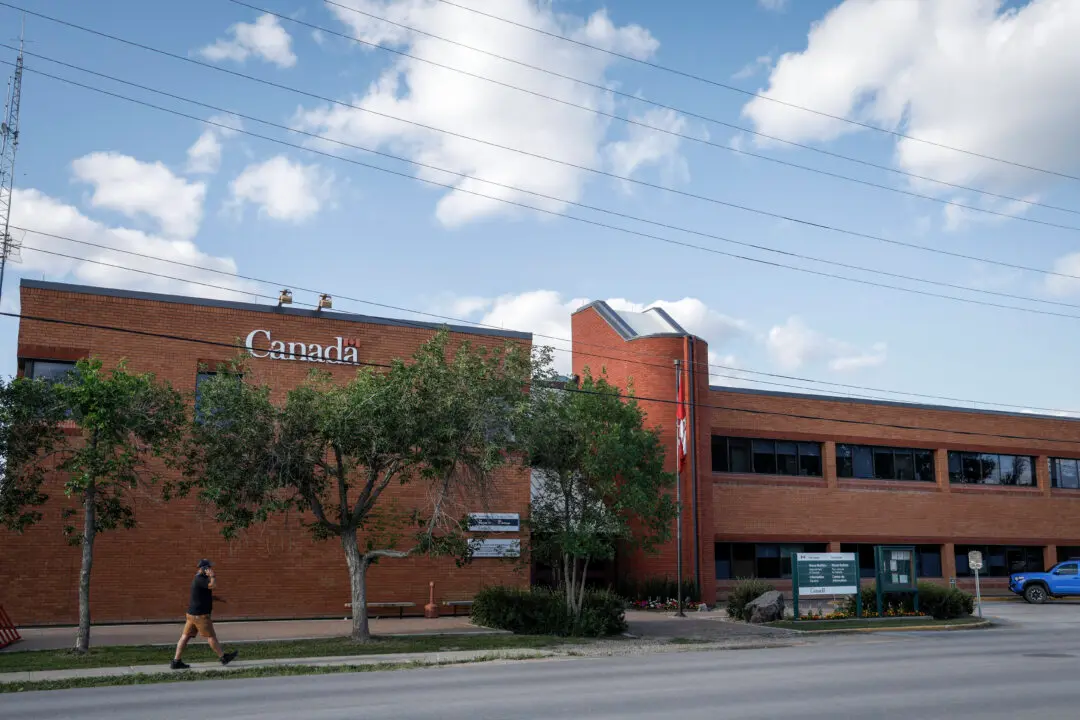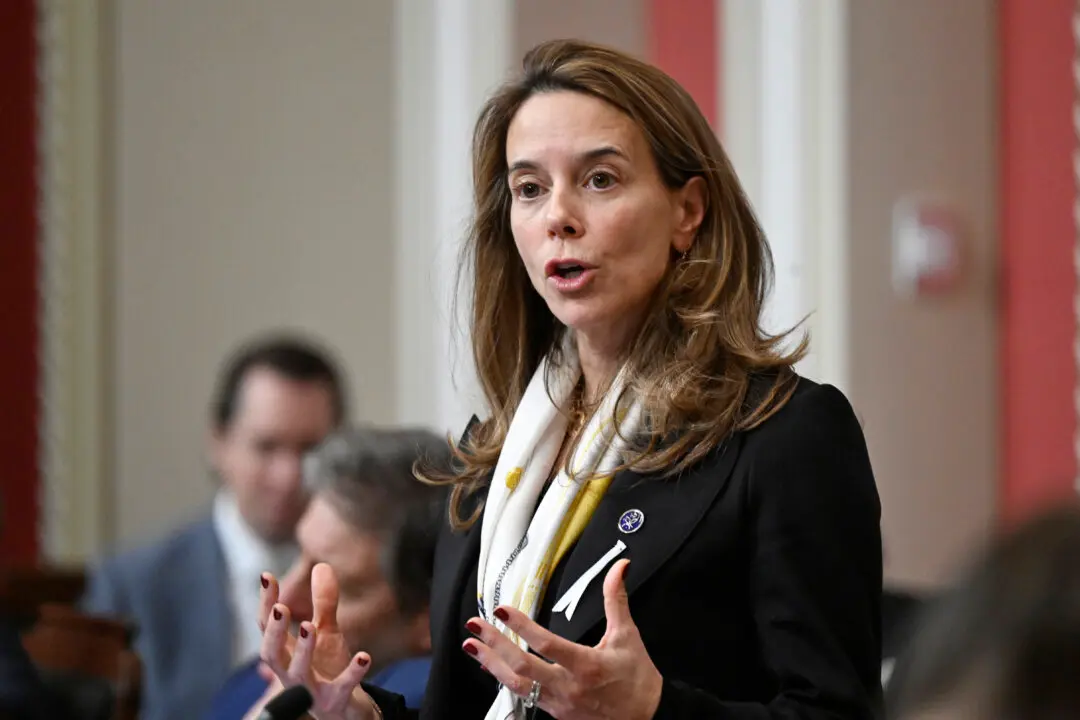VICTORIA—A horse-drawn wagon train carrying aboriginal youths and elders is slowly rolling and rumbling this week toward the Williams Lake Stampede from central British Columbia’s Nemiah Valley.
It’s an annual First Nations’ rite of passage, but this year’s 200-kilometre trek over the wind-swept Chilcotin Plateau is different, says Tsilhqot'in Nation Chief Roger William, a former champion bull rider.
It falls on the one-year anniversary of the Supreme Court of Canada decision that granted to the Tsilhqot'in aboriginal title to more than 1,750 square kilometres of land in the Nemiah Valley, a mountainous area with pristine lakes, alpine valleys and, amazingly, wild horses.
The June 26, 2014, decision was the first time a Canadian court declared aboriginal title to lands outside of a reserve, a ruling that’s been labelled a game changer by legal experts, governments, investors and First Nations.





